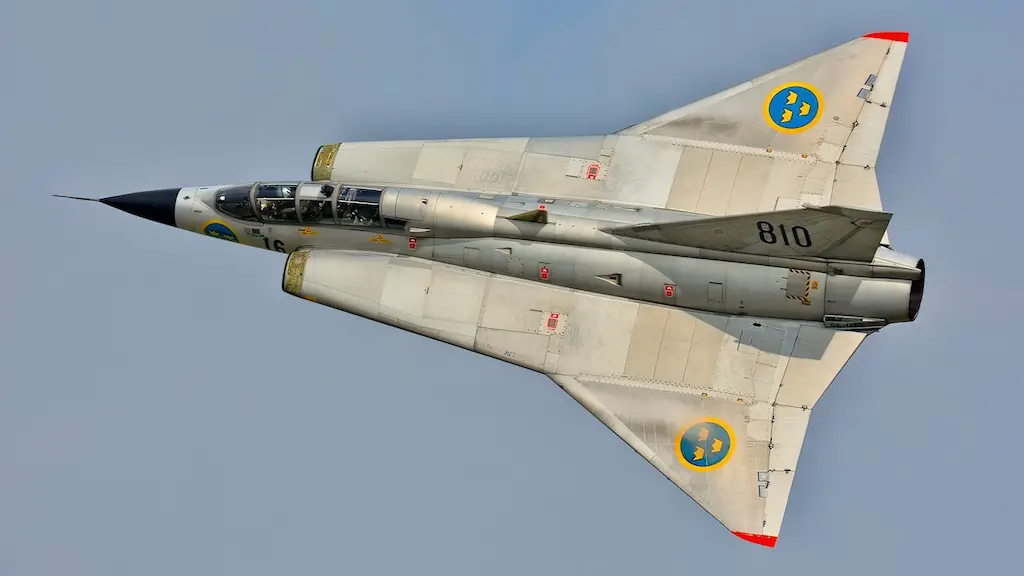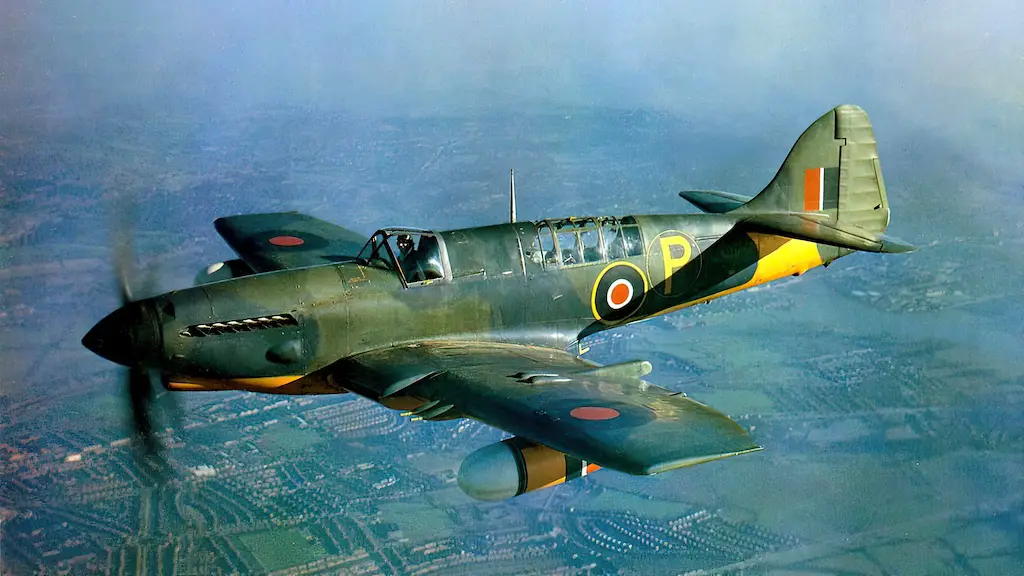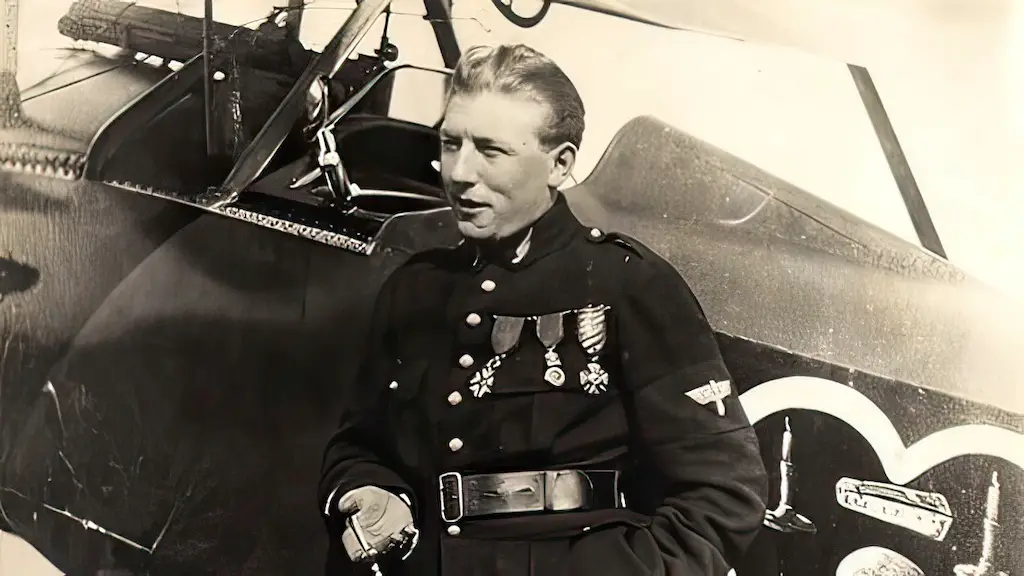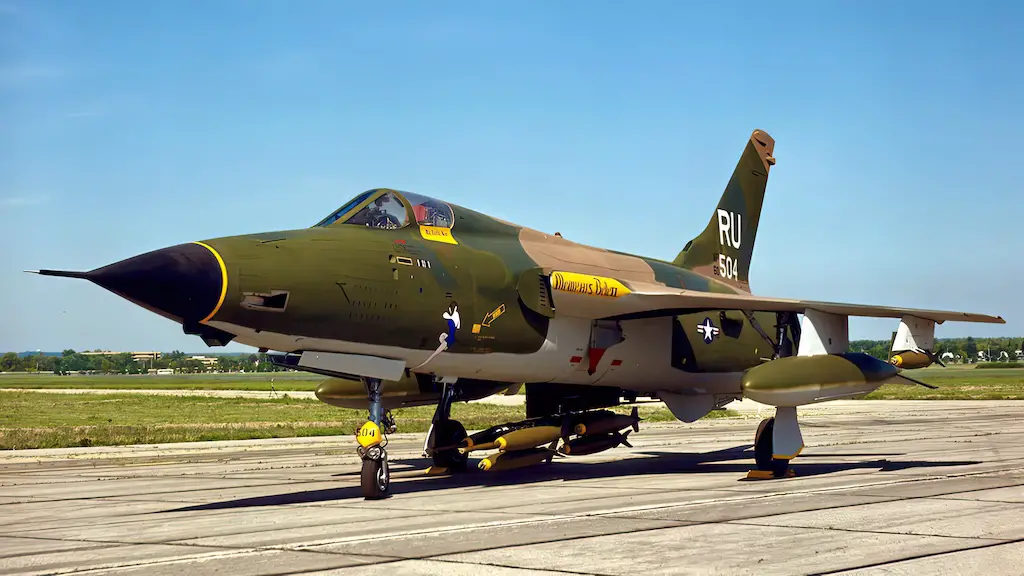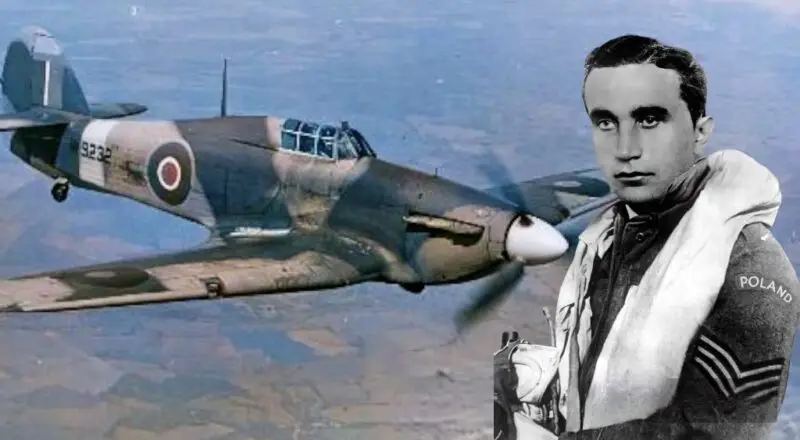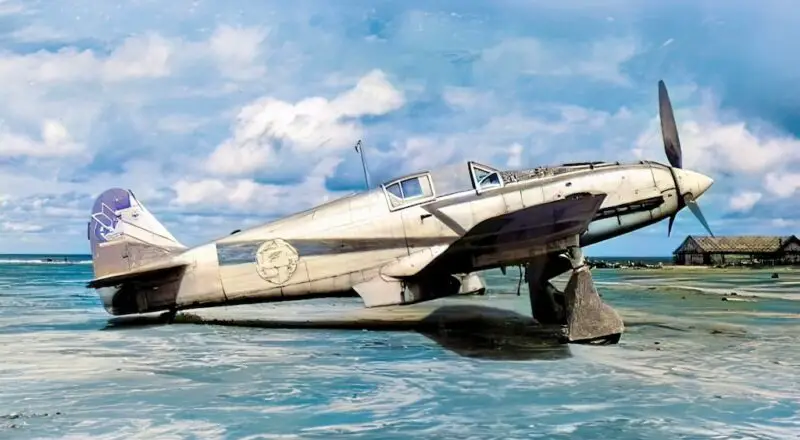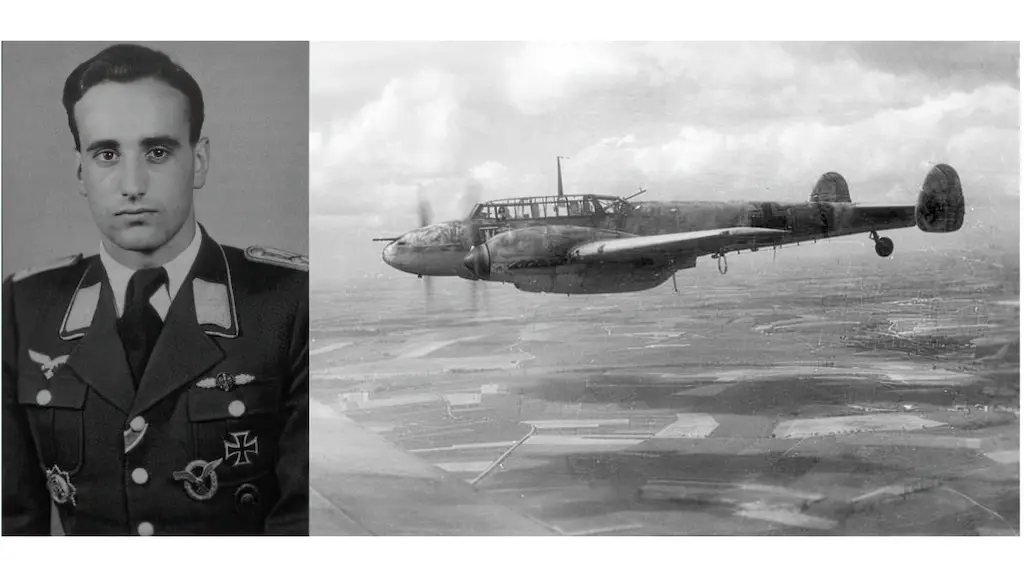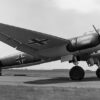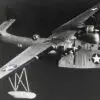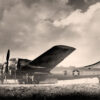A Revolutionary Fighter Jet
The Saab J35 Draken was a fighter jet that served the Swedish Air Force for 40-plus years. It boasted superior technology and an innovative design, thanks to its canard configuration & double-delta wings, granting incredible stability and maneuverability, resulting in an unparalleled fighter. Remarkably, the Draken was among the pioneers with Mach 2 capabilities, allowing it to reach twice the speed of sound.
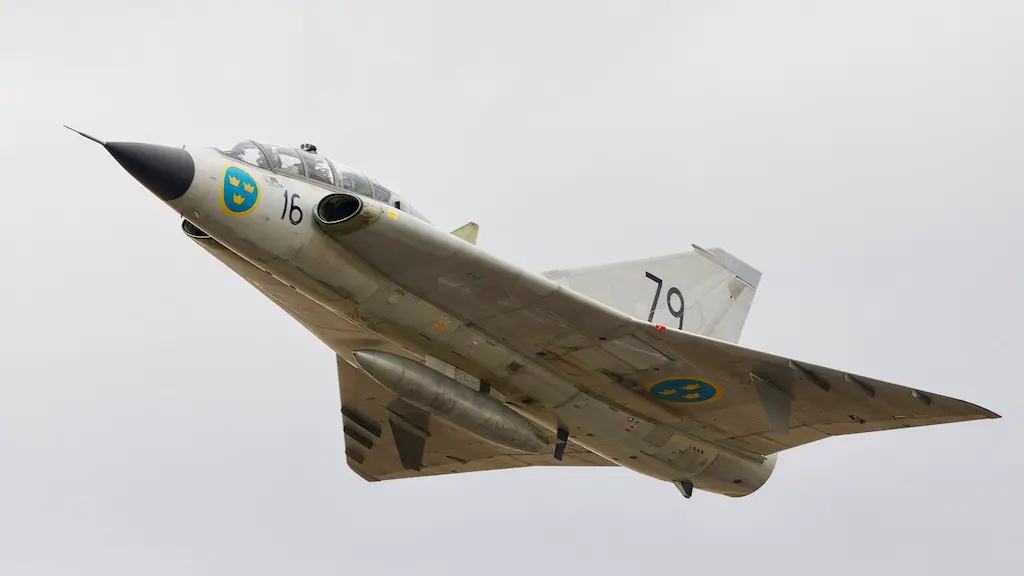
Aside from its cutting-edge aviation technology, Draken had an array of advanced avionics, including data link and radar system, making it a well-rounded aircraft in air defense missions. Designed first and foremost as an interceptor, it packed both air-to-air missiles and cannons. Subsequent generations of pilots held the Saab J35 Draken in high regard, attesting to its innovative design and technological advancements that were revolutionary during its time. Its legacy as one of the most impressive fighter jets ever created holds to this day.
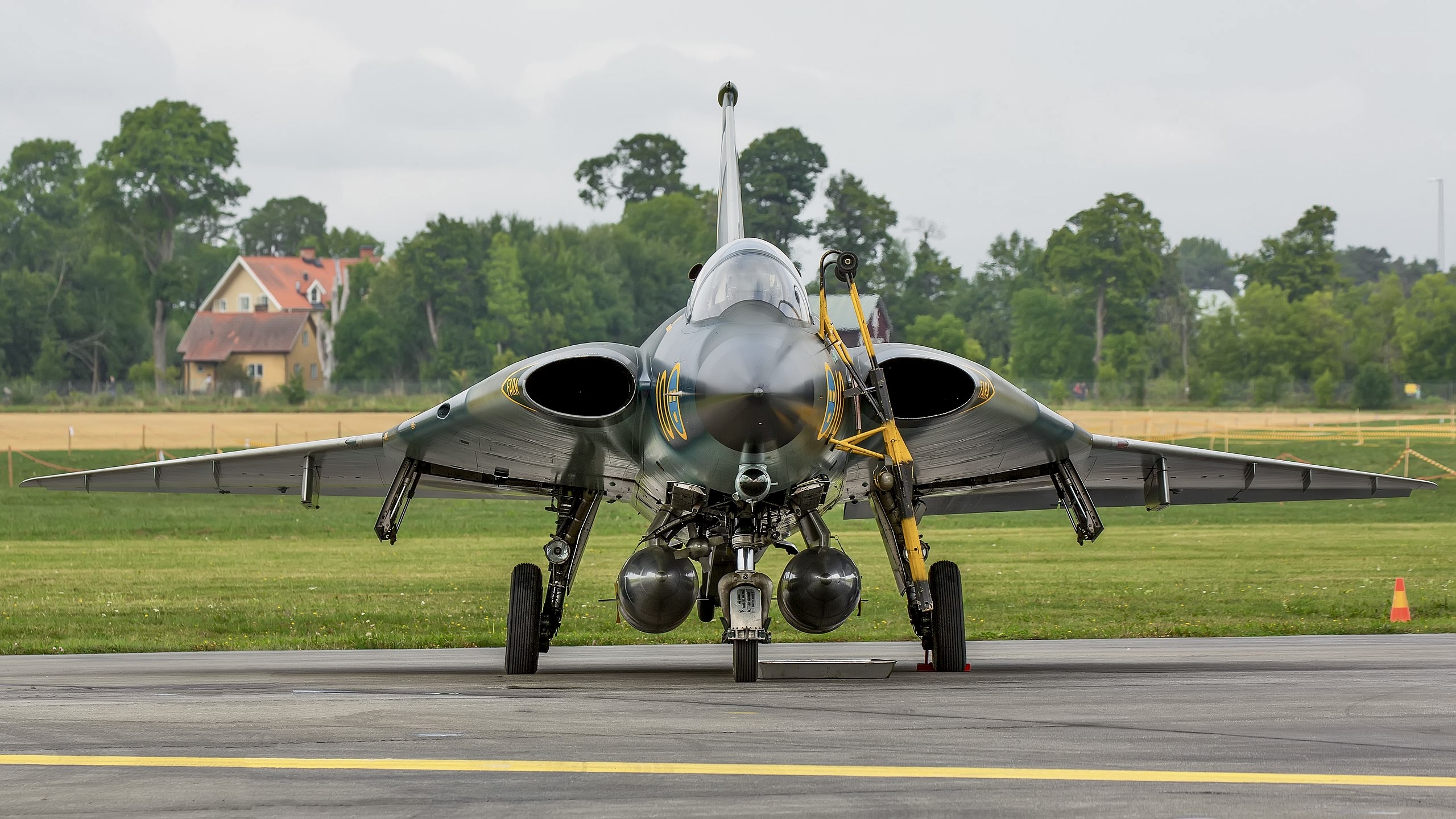
The Dragon is born
In the 1950s, the Saab J35 Draken was created to replace Sweden’s aging fighter planes. The project was managed by Saab engineers, including Erik Bratt, who had designed the Saab 21 jet earlier.
The Draken aimed to be a high-performing fighter aircraft with advanced technology for its time. Using a peculiar double-delta wing design, the Draken could maneuver exceptionally and remain stable at great speeds. Additionally, the aircraft’s canard configuration, with small wings situated near the nose, increased stability and control at low speeds.
Prototype
The first prototype of the Draken, called the J35-1, took its maiden journey in October 1955. The initial testing was successful, and the Swedish Air Force awarded Saab the production contract. The J35A, the first production version, came into service in 1960.
Saab made improvements to the Draken over the following years, introducing different versions with enhanced technology and capabilities. The J35B, which arrived in 1963, had a more powerful engine and improved radar. The J35D, which arrived in 1965, could carry air-to-air missiles. The Draken also gained acclaim for its great speed and climb rate. In 1962, a Draken made a world record by climbing to an altitude of 41,000 feet in only 96 seconds.
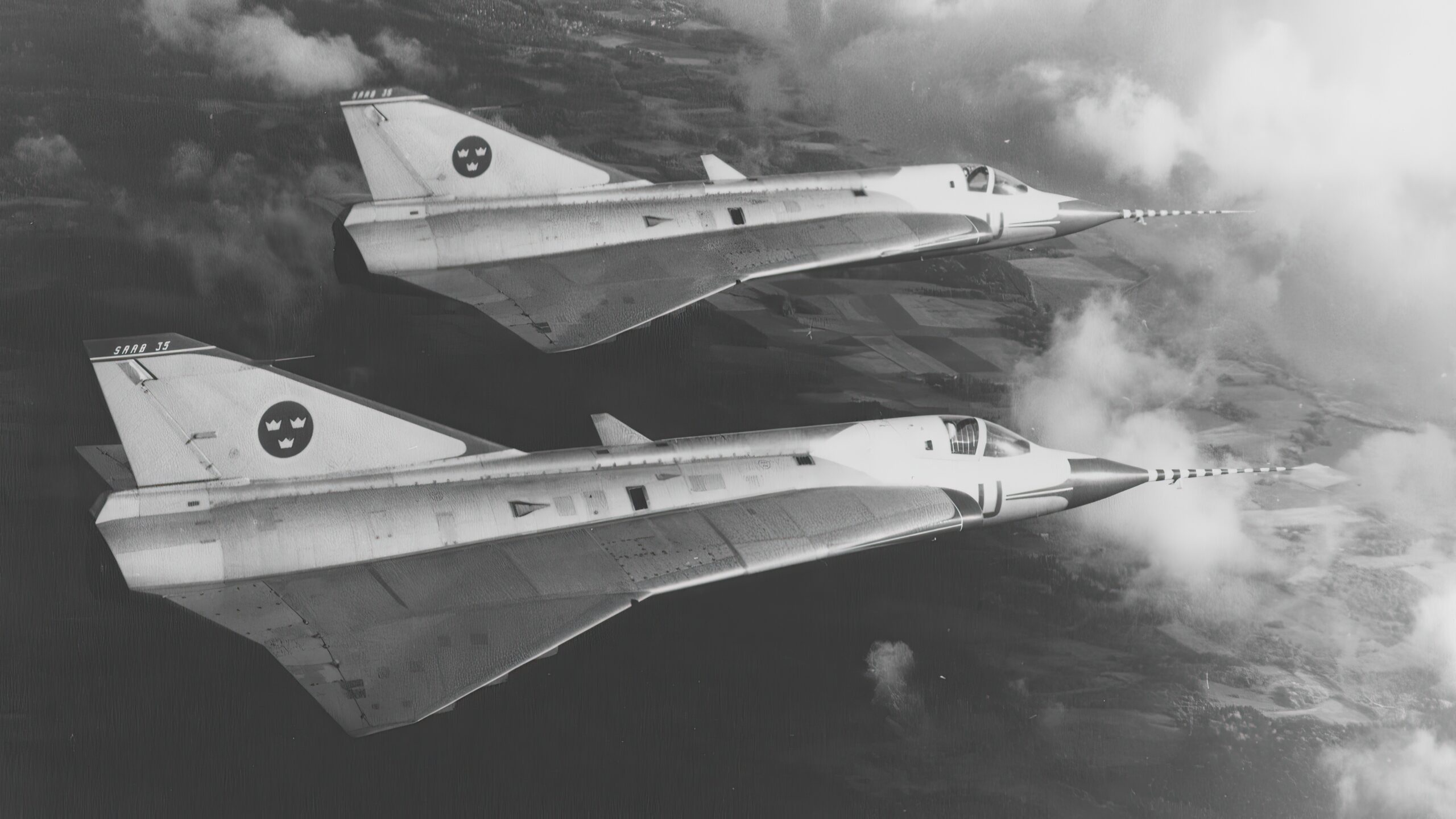
The cobra maneuver
Draken is known for its role in aviation history, particularly in developing the cobra maneuver. The maneuver, called kort parad by the Swedish Air Force, involves pulling the aircraft’s nose upward while cutting engine thrust to slow down and stall. The nose drops towards the ground, but at the right moment, the pilot quickly re-engages the engine to recover and accelerate. In combat, this maneuver can be effective in evading enemy aircraft.
To this day, there’s a controversy regarding who exactly came up with the cobra maneuver. It is popularly believed that Russian pilots were the ones to create the iconic maneuver. However, many facts indicate that it was, in fact, the Swedish. Allegedly the maneuver was used when intercepting Soviet aircraft when they entered the Swedish airspace. Subsequently, the Soviet pilots really liked to move and began experimenting with it themselves.

Retirement and second life
The Saab J35 Draken jet served as a trusty aircraft of the Swedish Air Force for more than 30 years, from the late 1950s until almost the last days of the 90s. Eventually the aircraft was retired due to rising expenses for regular maintenance and upgrades, as well as the availability of newer, more sophisticated fighter planes.
Around the latter part of the 1990s, the Draken was gradually phased out of active service, with the final fleet being officially out of commission in 1999. Throughout its tour of duty with the Swedish Air Force, this supersonic jet took part in a wide range of realistic training exercises and missions, including intercepting Soviet Union planes at the height of the Cold War and contributing to United Nations peacekeeping operations.
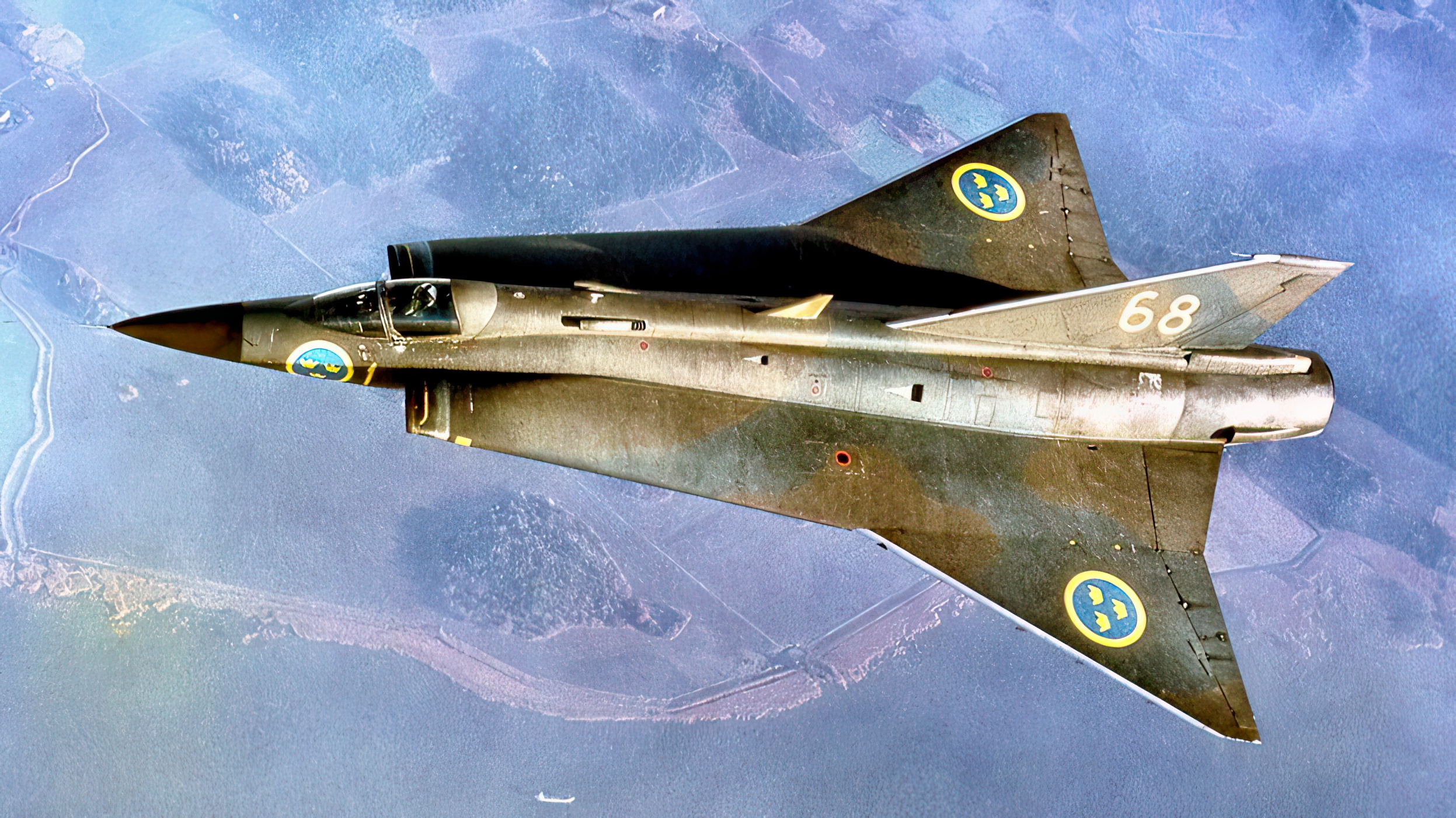
After its military stint, numerous Draken jets were resold to commercial entities and individuals across the planet. Some have been repurposed and modified for use in air-to-air combat training, while others were showcased during air shows.
Despite being retired from combat duty, the Saab J35 Draken remains a renowned and well-respected aircraft in the aviation community . Its unique design, advanced technology, and significant contributions to aviation history guarantee that it will always be honored as one of the remarkable fighter planes of its era.

